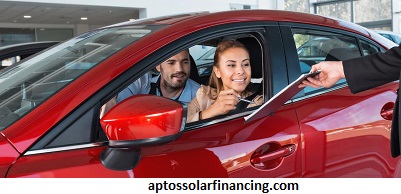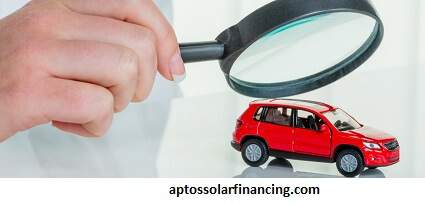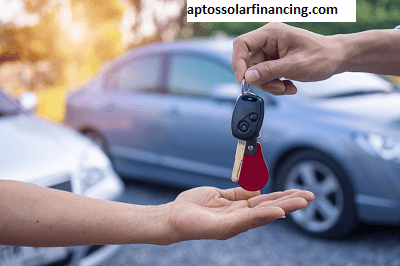Can you Trade in A Financed Car?
Can the financed car be delivered? One of the most common situations for consumers looking to change vehicles or simply lower their monthly payments is to switch to a financed car. However, trading in a car while it is still financed is a bit more problematic than with a paid-for car. Whether you’re looking to get better gas mileage, find a car that better suits your needs, or get rid of high-interest loans, understanding the process and what to expect is a good place to start.
Here we go over how to trade in a financed car and what criteria you should take into account before making a decision.

How Trading in a Financed Car Works:
Can you Trade in A Financed Car?
When trading in a financed car, the following two stages are often taken.
Pay off any leftover loan balance. To take your car, a dealership will typically need to pay off the remaining loan debt. Again, depending on the trade-in value and the amount you still owe on the loan, the dealership may do this, or you may expect it.
Apply the trade-in value to a new vehicle: Once you have paid off the loan, any remaining equity in your vehicle–if it is worth more than you owe–can be used as a down payment on your next vehicle. If you owe more on the vehicle than its trade-in value, you must pay the difference or roll the negative equity into your new loan.
Here’s how all of this plays out in the real world:
Can you Trade in A Financed Car?
Step 1: Determine the Loan Payoff Amount:
The first would be determining how much you owe on your car loan. This is your “loan payoff amount,” and that’s the actual dollar amount you have to pay to pay out your lender. Ideally, you can obtain such a figure by contacting your lender or checking your account online.
Notice how the payoff amount for the loan needs to be just a tad higher than the current balance. This is probably due to interest and fees. Once you get that number, you can compare it against the trade-in value of your car.
Step 2: Get your car’s worth appraised:
Can you Trade in A Financed Car?
You will want to know what your car is worth. There is one way to do this:
Use online tools:
There are websites such as Kelley Blue Book (KBB), Edmunds, or NADA Guides that provide you with calculators to give you an approximate idea of what your car may trade for based on such factors as make, model, year, mileage, and the condition of the vehicle.
Get quotes from the dealer:
Online sources can give you a fair estimate of your vehicle’s value, but drive to at least two dealerships and ask for a trade-in quote. This will give you the best idea of how much you will get from this dealer.
The trade-in value is the amount of money the dealer is willing to pay to take your car off your hands, which will be used to pay off your loan.
Step 3: Check Your Equity Position:
Can you Trade in A Financed Car?

You’re now going to compare the dealer’s trade-in value for your car with your loan payoff amount to see if you will have positive or negative equity in your vehicle:
Positive equity:
You’ve developed positive equity if the car is worth more than what you owe. Then nothing is any better; for the dealer will pay off your loan and the remaining equity can be used partly as a down payment in getting your next new car.
For example:
if you pay off $10,000 of your old loan and the seller gives you $12,000 toward your trade-in, you’ll have a positive equity of $2,000 that you can roll into your next new car.
Negative equity:
Can you Trade in A Financed Car?
When the trade-in value of your car is lower than the payoff on a loan, you have negative equity or, put another way, are “upside down” or “underwater” on a car loan. You will owe that difference between the trade-in value and the payoff on the loan at payoff time.
For example:
if you owe $15,000 on your old loan but the dealer will only take $12,000 for your trade, then you owe the dealer $3,000. Many dealerships will allow you to roll this negative equity into your new vehicle loan but it, of course, increases the amount you owe on your new vehicle and could even raise your monthly payments.
Step 4: Do You Want to Trade-In:
Can you Trade in A Financed Car?
Now that you know whether you possess good or bad equity, you can determine whether trading in your financed car makes sense. Good equity means that trading is pretty much a no-brainer: The cash value your car is worth will cushion the blow of paying for a new car.
Can you Trade in A Financed Car?
However, if you are in this position of having negative equity, you may have to debate the choice of whether to roll that balance into a new loan or pay the difference out-of-pocket. Balancing a negative equity roll into a new loan can make you owe money that is more than your car is worth when your new car will also be depreciating at a fast rate.










